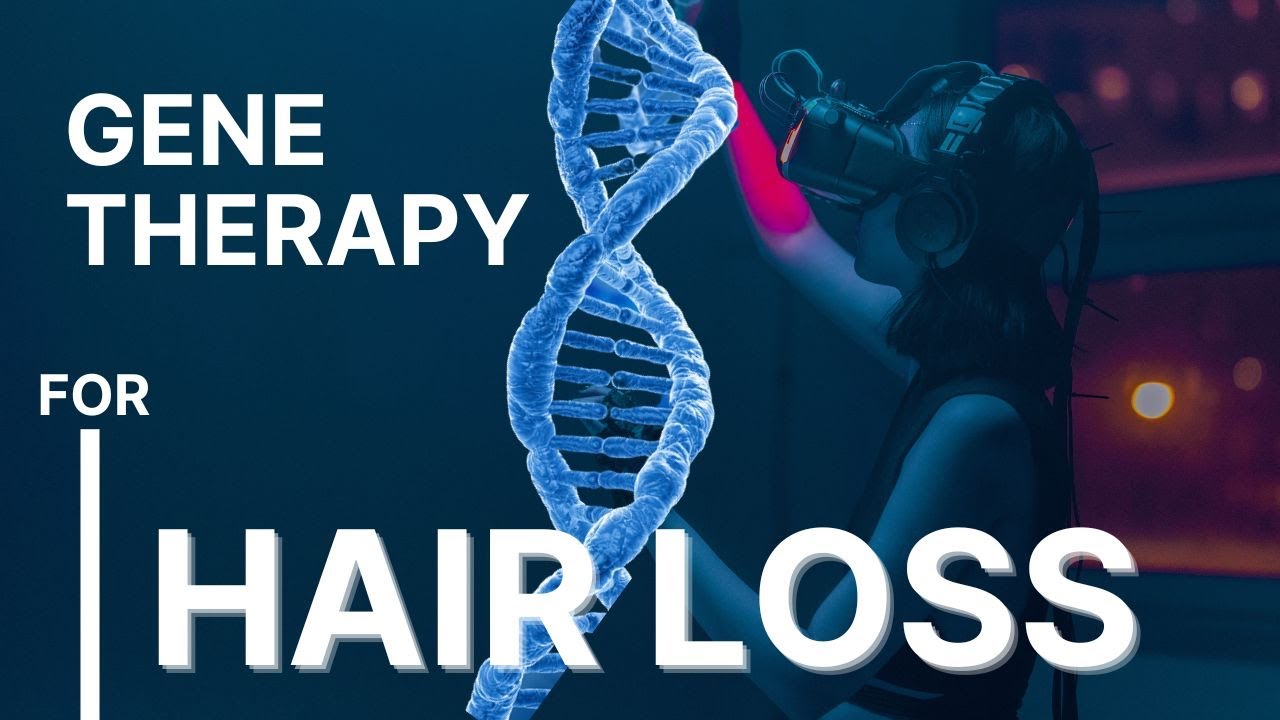Boy seems its really died here, is there any hope at all?
hmm ! Oh really …
Hmm,yeah really,ive been coming here over 20 years,and yeah it’s been pretty dead lately,doesn’t take genius to figure that out.
If you want something new and something that may be realistically available (instead of hair cloning), then check out Telomerase gene therapy.
Regards,
Dr A
Yes you are right …
So, this is great research, @Dr_Arvind , but it will be quite a while before any of these developments concerning telomeres are ever applied to hair regeneration therapies for humans. I mean it will be at least 10 years before it’s perfected and approved.
Dear roger_that,
This is available now.
We have seen very good results using this concept.
Check this post/link
@Dr_Arvind In your post on the HairSite Hair Transplant forum, you wrote about this patient:
"Prior to his hair transplant in frontal areas, he started Gene therapy for hairloss including the following:
1. Hair Care process to improve lifestyle/Epigenome,
2. Dermaroller (once a week) with pin point bleeding,
3. Daily application of Resveratrol-Grapeseed serum.
The patient has NOT used Finasteride/Propecia or Minoxidil.
He is very happy with the progress and the health of his hair.
My advise to all hairloss sufferers is to start such healthy, safe measures."
So, this patient had a HT which you did not tell us here.
Also you said he started “Gene Therapy” but you did not explain what the gene therapy consisted of.
Are you referring to the “Epigenome” that you mentioned in item 1 of your post quoted above?
What kind of gene therapy was used on this patient?
Dear roger_that,
Which patient are you referring to?
I have posted results along with the required info for patients.
Patient on this link has had no hair transplant.
There are more results too that I have posted before.
Another one (No Hair Transplant)
Regards,
Dr A
@Dr_Arvind I’m referring to the patient here on your post (which was also linked in the photo you uploaded in this thread), which you titled “Gene Therapy result” in the HairSite HT forum, posted on 26 July.
Here is a link to the first photos in that post:
You began that post with:
Prior to his hair transplant
It appears to me that the patient in the top set of 2 photos and the bottom set of 2 photos is the same person.
So everything you said that applies to the first, also applies to the second. You said the patient had a hair transplant.
You also said he had gene therapy. I am very interested in that so please tell us what kind of gene therapy it was, was it telomerase gene therapy?
Thanks for pointing this error to me.
This patient has NOT got any hair transplant.
The error is on my part.
I will ask hairsite to make the necessary correction.
If you scroll down the thread, you will see that I have written that this patient has not had any hair transplant.
The result being shown here is :
- Due to Gene therapy
- On the top vertex and crown
- No hair transplant done.
Thanks for bringing this to my notice and my apologies for the confusion.
Regards,
Dr A
P. S. - For Gene therapy details, please see the following video
You are not going to need any of these other treatments!
Thanks for fixing that @Dr_Arvind . If that is case is without a hair transplant then it’s really impressive.
Thanks for pointing out it out to me.
And, yes, this result is only of Gene therapy That I teach my patients to perform.
Regards,
Dr A
@Dr_Arvind Thanks for the clarification. One question I have with some of your posts about the subject of “gene therapy” is that you seem to be using that term in a much different sense than the generally accepted scientific and clinical use of the term.
You posted an article about gene therapy research and hair loss but the basic laboratory research being done targets very specific genes, and the therapy consists of modifying or replacing existing DNA sequences with different DNA sequences. This is done using some kind of genetic vector which is inserted into the genome in the cell nucleus and then allowed to propagate as the cells multiply. Or, it is done using some external compound which has an affect on the expression of specific known genes that the scientists can identify by name. The article you posted discussed telomerase induction, stem cells, and specific genes.
But then you posted some information about your patients whom you said were given “gene therapy”, but in fact what they were treated with was nothing like the accepted scientific or clinical definition of gene therapy. You seem to have only advised them about diet and lifestyle, with the implication that these changes would change their gene expression, i.e., make modifications in the so-called “epigenome” which really just refers to the different ways an organisms existing genes can express themselves depending on differences in the environment, nutrients, etc.
Other types of gene therapy demonstrated by researchers target very specific genes or gene functions and the researchers can describe how they work in detailed biochemical terms. The article you posted about a study in mice states:
“To determine if TERT can modulate adult tissue stem and progenitor cell function, we engineered a conditional TERT transgenic system in mice using a tetracycline-regulated approach
(Conditional telomerase induction causes proliferation of hair follicle stem cells - PMC). The mouse TERT cDNA was cloned under control of a tetracycline responsive promoter (tetop-TERT+). To drive expression of TERT, we chose a CMV enhancer/β-actin promoter (actin-rtTA+) because this element was previously shown to be active in stem cells(Conditional telomerase induction causes proliferation of hair follicle stem cells - PMC) and in many epithelial tissues, including skin (Conditional telomerase induction causes proliferation of hair follicle stem cells - PMC),(Conditional telomerase induction causes proliferation of hair follicle stem cells - PMC). Tetop-TERT+ mice were intercrossed with actin-rtTA+ mice to generate actin-rtTA+; tetop-TERT+ (termed inducible TERT or i-TERT) mice.”
All of that is very specifically documented in very specific molecular biological terms about a transgenic system, TERT cDNA, promoters, enhancers, etc.
But with your approach, what specific genes are you targeting in your version of gene therapy? I’m not asking for a broad category of genes or their ultimate function. I mean, can you give us the specific genes by name? Every known gene is given a name and catalogued by researchers. What is the gene or genes’ location in the case of your therapy and what specific proteins do they code for? And has this been verified by specific research about those genes?
To my knowledge there is really no strict definition of “gene therapy” that’s enforced by the authorities in any country, but you must admit that there is a commonly accepted definition of the term used by medical clinicians and medical researchers, and according to that definition, it seems to me that is definitely NOT what you’re using to treat your patients.
Please correct me if I mistaken.
Well he didn’t reply roger,guess that’s your answer,maybe his nutritional advice is “therapeutic” to the genes
It doesn’t sit well with me that Dr. Arvind call this “gene therapy”
I agree with i need to investigate further,cause i haven’t looked into it,this is true dr arvand,ive just become so skeptical over the years with all the phony cures and treatments,which basically do mostly nothing for people with mpb.

